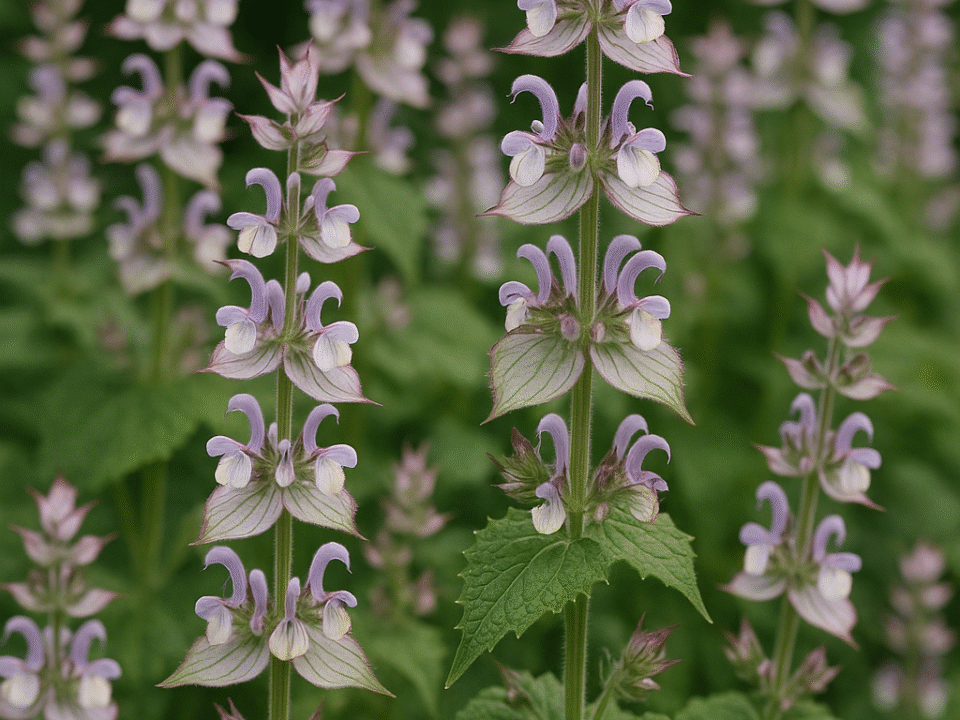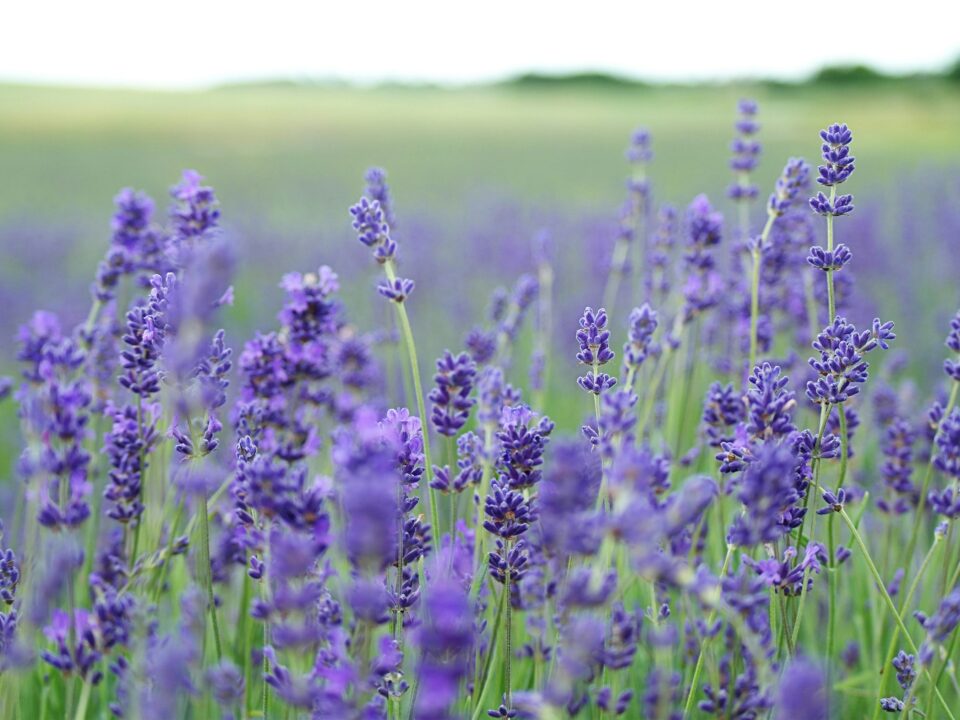
Tropolone is depicted as a soluble, pale yellow solid in organic solvents with a chemical formula C7H5(OH)O. Researchers have been intrigued by its unique electronic structure and role as a ligand precursor. While typically not derived from tropone, it can be conceptualized as a derivative with a hydroxyl group at the 2-position.
Approximately 200 naturally occurring tropolone derivatives have been discovered, predominantly in plants and fungi, particularly in specific species like Cupressaceae and Liliaceae. Tropolones are primarily present in plants’ heartwood, leaves, and bark, enriching essential oils with various tropolones.
The first natural tropolone derivatives were isolated in the mid-1930s and early 1940s from trees like Thuja plicata, Thujopsis dolabrata, Chamaecyparis obtusa, Chamaecyparis taiwanensis, and Juniperus thurifera. Ralph Raphael first derived synthetic tropolones, specifically thujaplicins.
While tropolone exhibits some antioxidant properties, its primary appeal lies in its role as a preservative for cosmetic chemists. Studies indicate its antimicrobial capabilities, particularly against bacterial and fungal growth.
In its raw state, tropolone appears as a pale yellow solid. It is often combined with broader-spectrum preservatives like phenoxyethanol, with the mixture used in proportions up to 1%.
Two key ingredients featuring tropolone are SymDiol 68T (1,2-Hexanediol, Caprylyl Glycol, and Tropolone) and SymOcide PT (Phenoxyethanol and Tropolone). SymDiol 68T is a multifunctional substance offering moisturizing and antimicrobial properties, preventing the growth of yeast, bacteria, and mould while stabilizing emulsions. It is suitable for various skincare and suncare products. SymOcide PT, a preservative blend, provides antioxidant and antimicrobial effects against bacteria and fungi. It is also effective in skincare, hair care, sun protection, and colour cosmetics. Tropolone-based products contribute to enhancing the overall protection system of the entire product.



